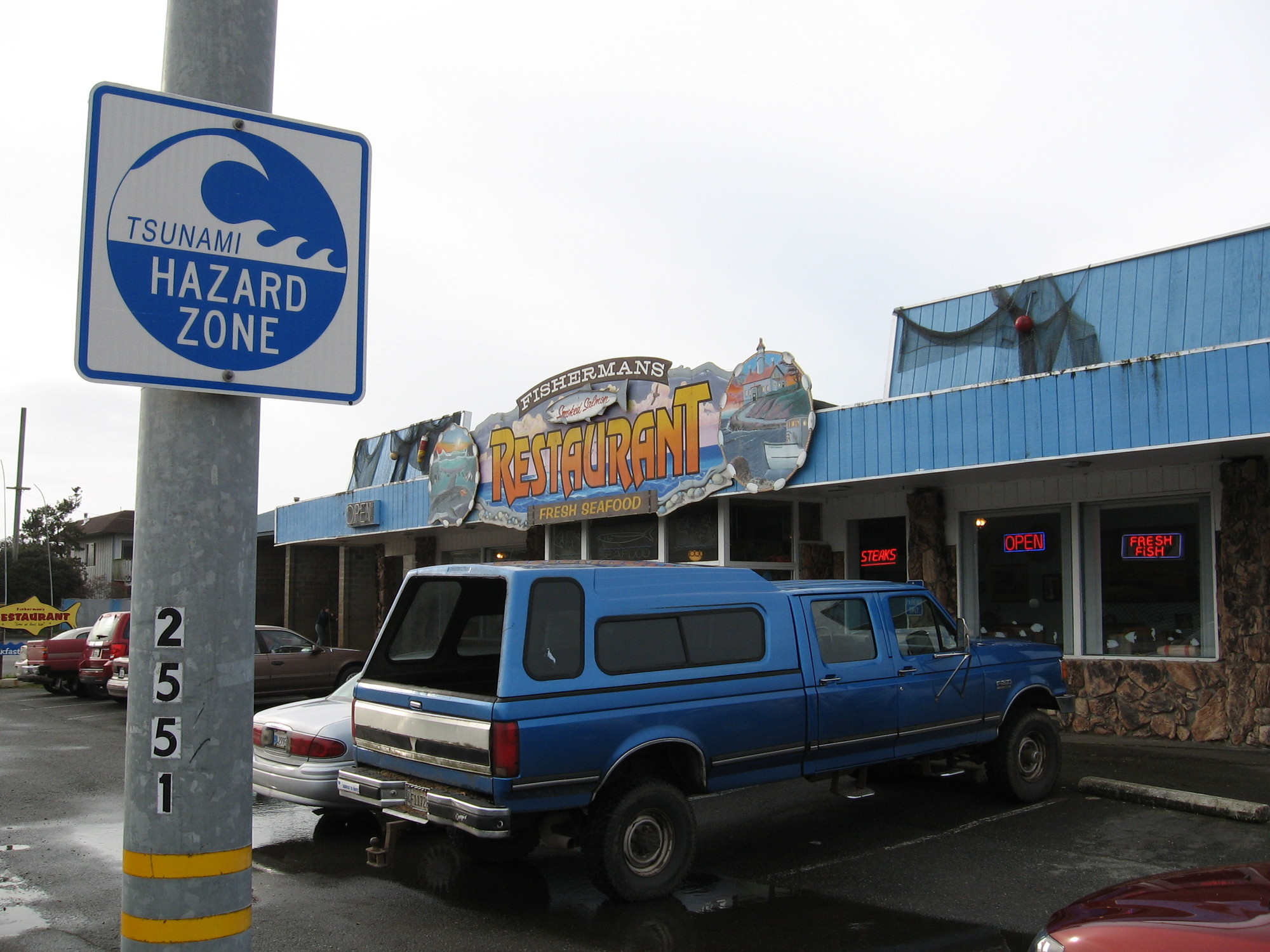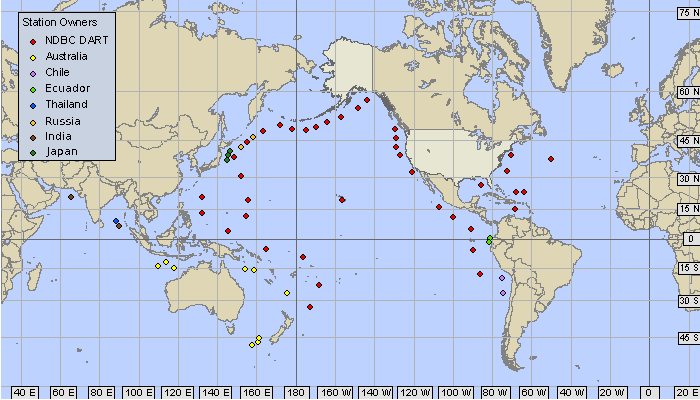
The day after Christmas marks the tenth anniversary of the deadliest tsunami on record. An underwater earthquake measuring 9.1 in magnitude formed waves up to 65 feet high that crashed into the Indian subcontinent. More than 230,000 lives were lost, with the greatest fatalities in Indonesia, Sri Lanka, and India.
The tragedy was a worldwide wake-up call. It triggered a decade of improvements to tsunami warning and response technology.
“Really the biggest lesson I learned from that was just how critical it was for all coastlines to be covered by a tsunami warning system,” says Paul Whitmore, head of the National Tsunami Warning Center in Alaska.
Whitmore says today, the U.S. has that system in place. The nation’s seismic detection network is now fully enabled to transmit data in real time, to immediately flag earthquakes that could trigger tsunamis. Warning centers, which receive and broadcast this information, are now staffed around the clock, instead of just during business hours. And the public can now get tsunami alerts on their phones.

“Let’s just say we had an earthquake offshore of San Francisco,” explains Whitmore. If the earthquake was big enough to warrant a tsunami warning, he says the response time would “average between 3 and 4 minutes to get the alerts out.”
